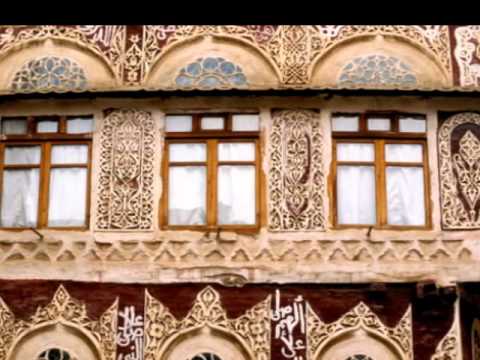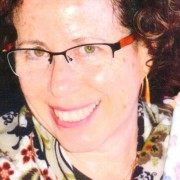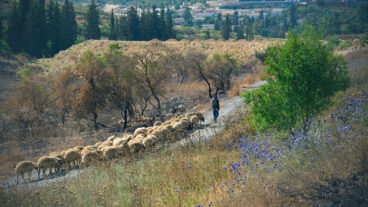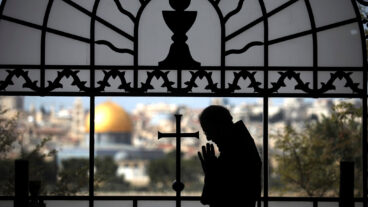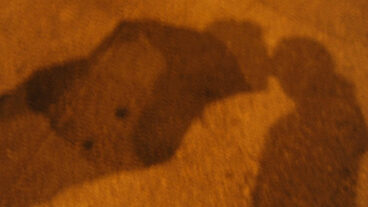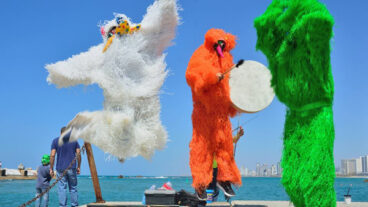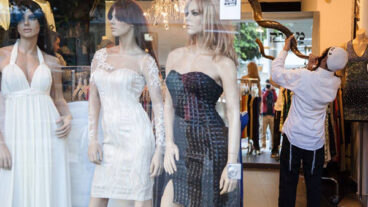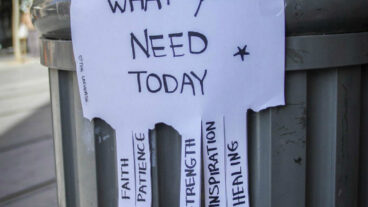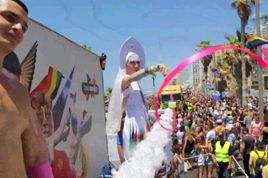 Travel almost anywhere and you’re bound to find an Israeli. Yet there are still some places where Israelis do not tread. Most Arab countries, of course, where Israelis are barred from entry. And then there’s Jerusalem, our capital city, which many an Israeli doesn’t bother to see in person (e.g., the Google StreetView review in Ha’aretz).
Travel almost anywhere and you’re bound to find an Israeli. Yet there are still some places where Israelis do not tread. Most Arab countries, of course, where Israelis are barred from entry. And then there’s Jerusalem, our capital city, which many an Israeli doesn’t bother to see in person (e.g., the Google StreetView review in Ha’aretz).
Even within Jerusalem, there are places that go unvisited for years on end. It was with that thought in mind that I took myself to the LA Meyer Museum of Islamic Art yesterday. After all, museum entry was free-of-charge in honor of Israel Independence day, I live a 5 minute walk away and I hadn’t been there in 20 years.
Through art and artifacts, LA Meyer Museum presents the history of Islam; the styles that characterized the different ruling dynasties from the first Umayyad caliphs through to the Ottoman period and the end of the Muslim Empire.
There is a unique collection of antique watches and clocks — including timepieces made for customers in the Ottoman empire — that was stolen and missing for many years, then subsequently recovered. (The theft is a great story on it’s own, so more on that another day).
There is also Travels to Yemen 1987-2008, an exhibit of contemporary photos by photo-journalist Naftali Hilger…
Hilger’s reports combine vibrant photographs, personal experiences and in-depth information about places generally inaccessible to the Israeli tourist: Libya, Syria, Lebanon, Dubai, Pakistan, Tunisia and of course, Yemen…
Hilger is among the few Israelis to document the Jewish community still there…
The Internet makes Hilger’s photo-essay accessible to all…
Hilger, a member of photo agency LAIF, been a photo-journalist since 1990, working for leading Israeli and European publications such as Financial Times, GEO, National Geographic, Spiegel, Focus, Zeit, Welt, Bild, BamS, Cicero, Wirtschafts Woche, Masa Acher, Yedioth Aharonot, Ma’ariv,Globes and others.
Visit his website to view more photos from his expeditions to Yemen and other countries. There are riveting images documenting weapons traders — each man with a huge chaw of narcotic qat (gat) leaf tucked in his cheek — Sana’a, the capital city, with its beautifully decorated buildings and its few remaining Jews.




